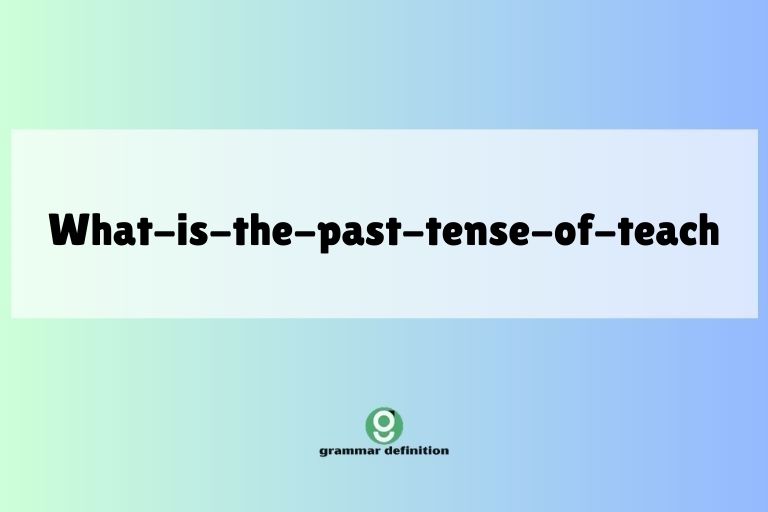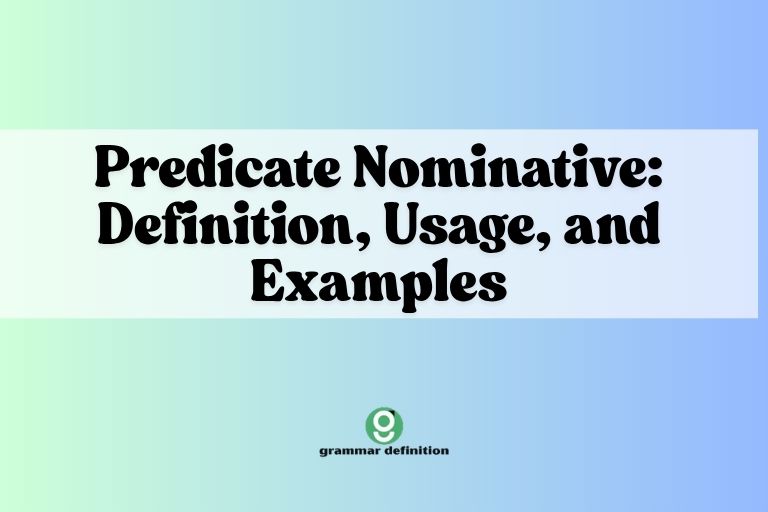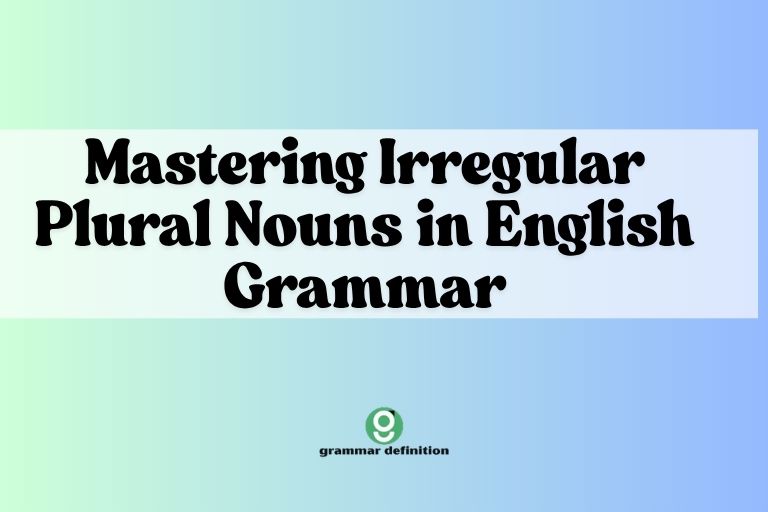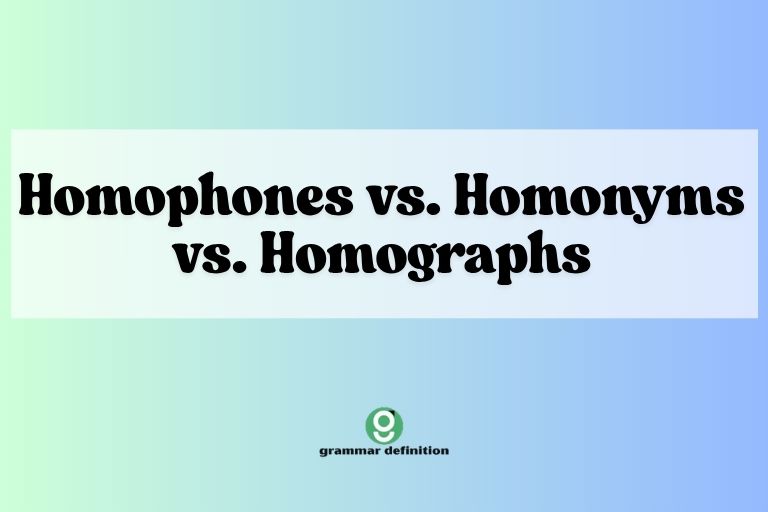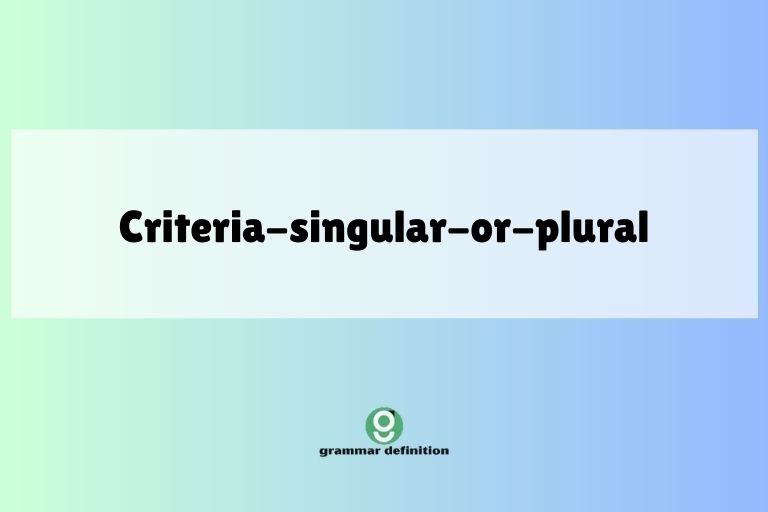Metaphors For God: Understanding Divine Imagery
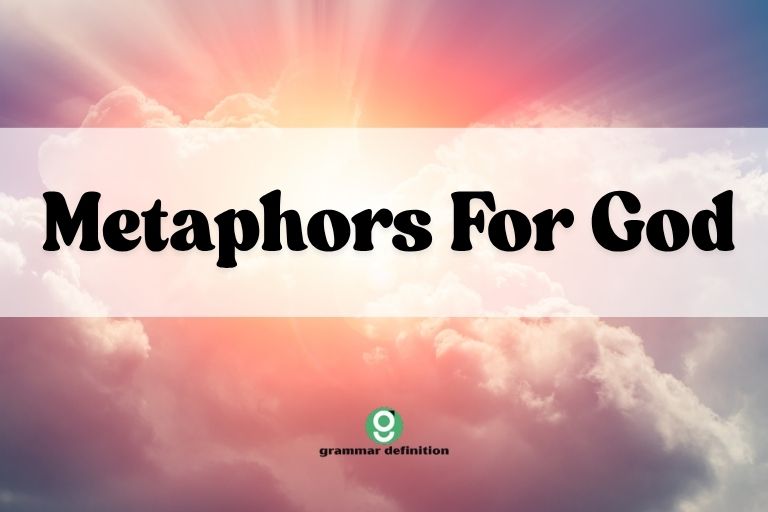
Metaphors are powerful tools in language, allowing us to understand abstract concepts by relating them to more concrete experiences. When it comes to describing God, whose nature is often considered beyond human comprehension, metaphors become particularly crucial.
This article explores the diverse ways metaphors are used to depict God, their impact on our understanding, and the nuances of their usage in English grammar. Whether you’re a student of theology, a language enthusiast, or simply curious about how we talk about the divine, this guide will provide a comprehensive overview of metaphors for God.
Understanding these metaphors not only enriches our vocabulary and linguistic skills but also deepens our appreciation for the diverse ways in which people connect with and express their faith. By examining the grammatical structures and contexts in which these metaphors are employed, we can gain a more nuanced understanding of religious language and its impact on culture and belief.
This article is designed for learners of all levels, from beginners to advanced English speakers, aiming to enhance both their linguistic competence and their understanding of religious discourse.
Table of Contents
- Definition of Metaphors for God
- Structural Breakdown
- Types of Metaphors for God
- Examples of Metaphors for God
- Usage Rules
- Common Mistakes
- Practice Exercises
- Advanced Topics
- FAQ
- Conclusion
Definition of Metaphors for God
A metaphor is a figure of speech that directly compares two unlike things without using “like” or “as.” It asserts that one thing is another, creating a vivid and often insightful connection. When we talk about “Metaphors for God,” we are referring to the use of metaphorical language to describe, explain, or relate to the concept of God. Because God is often considered transcendent and beyond human comprehension, metaphors provide a crucial way to bridge the gap between the divine and the human experience. These metaphors can draw on various aspects of human life, nature, and abstract concepts to convey different attributes and qualities of God.
The function of these metaphors is multifaceted. They serve to make the abstract more concrete, allowing people to grasp aspects of God’s nature that would otherwise be inaccessible.
They also evoke emotions and create personal connections, fostering a sense of relationship with the divine. Furthermore, metaphors for God often carry rich cultural and historical significance, reflecting the values and beliefs of different communities and traditions.
The contexts in which these metaphors are used can range from religious texts and sermons to personal prayers and everyday conversations.
Structural Breakdown
The structure of a metaphor involves two key elements: the tenor and the vehicle. The tenor is the subject being described (in this case, God), and the vehicle is the object or concept used to represent the tenor. The vehicle carries certain qualities or attributes that are then transferred to the tenor, creating the metaphorical meaning. Understanding this structure helps in analyzing and interpreting the intended meaning of a metaphor.
For example, in the metaphor “God is a shepherd,” “God” is the tenor, and “shepherd” is the vehicle. The qualities associated with a shepherd, such as care, guidance, and protection, are then attributed to God.
This structure allows for a deeper understanding of the intended meaning and the attributes being emphasized. The effectiveness of a metaphor depends on the clarity and relevance of the connection between the tenor and the vehicle.
The grammatical structure of sentences containing metaphors for God can vary widely. They can appear as simple statements (e.g., “God is love”), complex sentences with embedded clauses, or even poetic verses with elaborate imagery.
The specific structure depends on the context and the intended effect of the metaphor. Recognizing the underlying metaphorical structure helps in interpreting the meaning and appreciating the artistry of the language used.
Types of Metaphors for God
Metaphors for God can be categorized based on the types of vehicles used to represent the divine. These categories help in understanding the different aspects of God that are being emphasized and the diverse ways in which people relate to the divine.
Here are some common categories:
Personification
Personification involves attributing human qualities or characteristics to God. This is a common way to make God more relatable and understandable.
Examples include describing God as a loving father, a compassionate friend, or a wise counselor. Personification allows people to connect with God on a personal level and to understand divine attributes in human terms.
Nature Metaphors
Nature metaphors use elements of the natural world to represent God. These can include describing God as a rock, a light, a river, or a storm.
Nature metaphors often emphasize God’s power, steadfastness, or life-giving qualities. They also reflect a sense of awe and wonder at the natural world as a manifestation of the divine.
Role Metaphors
Role metaphors depict God in terms of human roles or positions, such as king, judge, healer, or protector. These metaphors emphasize God’s authority, justice, compassion, and care for humanity.
They provide a framework for understanding God’s relationship with the world and the responsibilities associated with that relationship.
Object Metaphors
Object metaphors use inanimate objects to represent God, such as a shield, a fortress, or a foundation. These metaphors often emphasize God’s strength, protection, and enduring nature.
They provide a sense of security and stability in the face of life’s challenges.
Examples of Metaphors for God
Here are several examples of metaphors for God, categorized by type. Each example illustrates how different aspects of God can be represented through metaphorical language.
The following table showcases examples of Personification metaphors for God. These examples highlight the human-like qualities attributed to God, making the divine more relatable and understandable.
| Category | Metaphor | Explanation |
|---|---|---|
| Loving Parent | God is a loving father. | Emphasizes God’s care, protection, and unconditional love. |
| Compassionate Friend | God is a compassionate friend. | Highlights God’s empathy, support, and companionship. |
| Wise Counselor | God is a wise counselor. | Emphasizes God’s guidance, wisdom, and sound advice. |
| Shepherd | The Lord is my shepherd. | Depicts God as a protector and guide, leading and caring for his followers. |
| Potter | God is the potter, we are the clay. | Illustrates God’s role in shaping and molding individuals. |
| King | God is King of Kings. | Highlights God’s supreme authority and sovereignty. |
| Judge | God is a just judge. | Emphasizes God’s fairness, righteousness, and impartiality. |
| Healer | God is a divine healer. | Highlights God’s power to heal physical and emotional wounds. |
| Comforter | God is a comforter in times of sorrow. | Emphasizes God’s ability to provide solace and support during difficult times. |
| Provider | God is our provider. | Highlights God’s role in meeting our needs and providing for our well-being. |
| Guardian | God is a guardian watching over us. | Emphasizes God’s protective presence and constant vigilance. |
| Teacher | God is a wise teacher. | Highlights God’s role in imparting knowledge and wisdom. |
| Creator | God is the creator of all things. | Emphasizes God’s role in bringing the universe into existence. |
| Redeemer | God is our redeemer. | Highlights God’s power to save and deliver us from sin and suffering. |
| Savior | God is our savior. | Emphasizes God’s role in rescuing humanity from eternal damnation. |
| Lover | God is a passionate lover of souls. | Highlights God’s intense and unwavering love for humanity. |
| Forgiver | God is a merciful forgiver. | Emphasizes God’s willingness to pardon our sins and shortcomings. |
| Friend | God is a friend who sticks closer than a brother. | Highlights God’s unwavering loyalty and support. |
| Light | God is the light of the world. | Emphasizes God’s role in illuminating our path and dispelling darkness. |
| Alpha and Omega | God is the Alpha and Omega. | Highlights God as the beginning and the end, encompassing all of time. |
| Author | God is the author of life. | Emphasizes God’s creative power and role in giving life. |
| Architect | God is the architect of the universe. | Highlights God’s intelligent design and planning. |
| Sculptor | God is the sculptor, shaping our lives. | Illustrates God’s role in molding and refining us. |
The following table showcases examples of Nature Metaphors for God. These metaphors draw on elements of the natural world to represent God’s power, steadfastness, and life-giving qualities.
| Category | Metaphor | Explanation |
|---|---|---|
| Rock | God is my rock. | Emphasizes God’s steadfastness, strength, and reliability. |
| Light | God is the light of the world. | Highlights God’s guidance, illumination, and truth. |
| River | God is a river of life. | Emphasizes God’s life-giving and nourishing qualities. |
| Storm | God is a powerful storm. | Highlights God’s awesome power and transformative force. |
| Sun | God is the sun of righteousness. | Depicts God as a source of warmth, light, and healing. |
| Fire | God is a consuming fire. | Emphasizes God’s purifying and transformative power. |
| Wind | God is the breath of life. | Highlights God’s role in sustaining and animating all living things. |
| Mountain | God is an unshakeable mountain. | Emphasizes God’s immovability and enduring presence. |
| Ocean | God is an infinite ocean of love. | Highlights God’s boundless and immeasurable love. |
| Star | God is a guiding star. | Emphasizes God’s role in leading and directing us. |
| Dew | God is like the morning dew. | Highlights God’s refreshing and revitalizing presence. |
| Rain | God’s grace is like gentle rain. | Emphasizes God’s blessings and provision. |
| Tree | God is a tree of life. | Highlights God’s life-giving and nurturing qualities. |
| Garden | God is the gardener of our souls. | Illustrates God’s role in cultivating and nurturing our spiritual growth. |
| Seed | The word of God is like a seed. | Emphasizes the potential for growth and transformation. |
| Harvest | God provides a bountiful harvest. | Highlights God’s provision and abundance. |
| Rainbow | God’s promise is like a rainbow. | Emphasizes God’s faithfulness and covenant. |
| Eagle | God is like an eagle, sheltering us under His wings. | Highlights God’s protection and care. |
| Lion | God is the Lion of Judah. | Emphasizes God’s strength, courage, and sovereignty. |
| Lamb | God is the Lamb of God. | Highlights God’s sacrifice and redemptive love. |
| Dawn | God is like the dawning of a new day. | Emphasizes God’s hope and fresh beginnings. |
| Sunset | God is like a beautiful sunset. | Highlights God’s peace and tranquility. |
| Moon | God is like the moon, reflecting light. | Emphasizes God’s role in illuminating our path. |
The following table showcases examples of Role Metaphors for God. These metaphors depict God in terms of human roles or positions, emphasizing God’s authority, justice, compassion, and care for humanity.
| Category | Metaphor | Explanation |
|---|---|---|
| King | God is King of Kings. | Emphasizes God’s supreme authority and sovereignty. |
| Judge | God is a just judge. | Highlights God’s fairness, righteousness, and impartiality. |
| Healer | God is a divine healer. | Emphasizes God’s power to heal physical and emotional wounds. |
| Protector | God is our protector. | Highlights God’s role in safeguarding us from harm. |
| Shepherd | God is the good shepherd. | Depicts God as a caring and guiding leader. |
| Teacher | God is a wise teacher. | Emphasizes God’s role in imparting knowledge and wisdom. |
| Creator | God is the creator of all things. | Highlights God’s role in bringing the universe into existence. |
| Redeemer | God is our redeemer. | Emphasizes God’s power to save and deliver us from sin and suffering. |
| Savior | God is our savior. | Highlights God’s role in rescuing humanity from eternal damnation. |
| Lord | God is Lord of all. | Emphasizes God’s ultimate authority and dominion. |
| Master | God is our master. | Highlights God’s role as our guide and director. |
| Father | God is our heavenly Father. | Emphasizes God’s loving and nurturing care. |
| Potter | God is the potter, we are the clay. | Illustrates God’s role in shaping and molding individuals. |
| Gardener | God is the gardener of our souls. | Illustrates God’s role in cultivating and nurturing our spiritual growth. |
| Architect | God is the architect of the universe. | Highlights God’s intelligent design and planning. |
| Sculptor | God is the sculptor, shaping our lives. | Illustrates God’s role in molding and refining us. |
| Author | God is the author of life. | Emphasizes God’s creative power and role in giving life. |
| Comforter | God is our comforter. | Highlights God’s ability to provide solace and support during difficult times. |
| Provider | God is our provider. | Highlights God’s role in meeting our needs and providing for our well-being. |
| Guardian | God is our guardian. | Emphasizes God’s protective presence and constant vigilance. |
| Captain | God is the captain of our souls. | Highlights God’s leadership and guidance in our spiritual journey. |
| Refuge | God is our refuge in times of trouble. | Emphasizes God’s protection and security. |
| Deliverer | God is our deliverer from evil. | Highlights God’s power to rescue us from harm. |
The following table showcases examples of Object Metaphors for God. These metaphors use inanimate objects to represent God’s strength, protection, and enduring nature.
| Category | Metaphor | Explanation |
|---|---|---|
| Shield | God is our shield. | Emphasizes God’s protection and defense. |
| Fortress | God is our fortress. | Highlights God’s strength and security. |
| Foundation | God is the foundation of our lives. | Emphasizes God’s stability and support. |
| Anchor | God is our anchor in the storm. | Highlights God’s steadfastness and reliability. |
| Rock | God is a solid rock. | Emphasizes God’s immovability and strength. |
| Light | God is a guiding light. | Highlights God’s illumination and direction. |
| Well | God is a well of living water. | Emphasizes God’s refreshing and life-giving qualities. |
| Bread | God is the bread of life. | Highlights God’s nourishment and sustenance. |
| Key | God holds the key to our hearts. | Emphasizes God’s access and influence in our lives. |
| Crown | God is crowned with glory. | Highlights God’s majesty and honor. |
| Mirror | God is a mirror reflecting truth. | Emphasizes God’s honesty and clarity. |
| Bridge | God is the bridge over troubled waters. | Emphasizes God’s role in helping us overcome difficulties. |
| Ladder | God is the ladder to heaven. | Emphasizes God’s role in connecting us to the divine. |
| Map | God is the map guiding our journey. | Highlights God’s guidance and direction. |
| Compass | God is the compass pointing us to truth. | Emphasizes God’s role in guiding us towards righteousness. |
| Treasure | God is our greatest treasure. | Highlights God’s value and importance in our lives. |
| Seed | God is the seed of hope. | Emphasizes God’s potential for growth and transformation in our lives. |
| Door | God is the door to salvation. | Highlights God’s role in providing access to eternal life. |
| Path | God is the path to righteousness. | Emphasizes God’s role in guiding us towards moral uprightness. |
| Road | God is the road to eternal life. | Highlights God’s role in leading us to everlasting existence. |
Usage Rules
When using metaphors for God, it’s important to consider the context and the intended audience. The effectiveness of a metaphor depends on its ability to resonate with the listener or reader and to convey a meaningful understanding of God’s attributes.
Avoid using metaphors that are confusing, contradictory, or culturally insensitive.
Be mindful of the specific qualities or attributes you are trying to emphasize. Choose metaphors that align with those qualities and that accurately reflect the intended meaning.
For example, if you want to emphasize God’s power and strength, a metaphor like “God is a rock” might be more appropriate than “God is a gentle breeze.”
Consider the cultural and historical context of the metaphor. Some metaphors may have specific meanings or connotations within certain religious traditions or cultural groups.
Be aware of these nuances and use metaphors in a way that is respectful and appropriate.
While metaphors can be powerful tools for understanding God, they are not literal descriptions. It’s important to remember that God is ultimately beyond human comprehension, and metaphors are simply imperfect attempts to capture aspects of the divine nature.
Avoid interpreting metaphors too literally or using them to limit or define God’s infinite possibilities.
When employing metaphors for God, ensure they align with theological and doctrinal consistency. Metaphors should enhance understanding without contradicting core religious beliefs.
Common Mistakes
One common mistake is using metaphors that are clichéd or overused. While familiar metaphors can be helpful, they can also lose their impact and become meaningless. Try to find fresh and creative ways to express God’s attributes through metaphorical language.
Another mistake is using metaphors that are inconsistent or contradictory. For example, describing God as both a gentle lamb and a ferocious lion in the same context can create confusion and undermine the intended message. Ensure that your metaphors are consistent with each other and with the overall message you are trying to convey.
A further mistake is misinterpreting the metaphor. The attributes of the vehicle should accurately reflect the intended attributes of the tenor (God). If the connection is weak or unclear, the metaphor will fail to communicate effectively.
The following table illustrates common mistakes when using metaphors for God, with examples of both incorrect and corrected sentences.
| Mistake | Incorrect Example | Corrected Example | Explanation |
|---|---|---|---|
| Clichéd Metaphor | God is love. | God is a boundless ocean of love. | The corrected example provides a more vivid and descriptive image. |
| Inconsistent Metaphor | God is a gentle breeze and a raging storm. | God is a powerful storm, capable of transforming everything in its path. | The corrected example maintains consistency and clarity. |
| Misinterpretation | God is a computer. | God is an architect, designing the universe with precision and care. | The corrected example provides a more meaningful and appropriate comparison. |
| Literal Interpretation | God is a shepherd, so he must carry a staff. | God is a shepherd, guiding and protecting his flock. | The corrected example focuses on the metaphorical meaning of guidance and protection. |
| Culturally Insensitive | God is like a Western king. | God is a universal ruler, whose authority transcends all cultures. | The corrected example avoids cultural bias and emphasizes God’s universal nature. |
| Contradictory Metaphor | God is darkness and light. | God is the light that dispels darkness. | The corrected example clarifies the relationship between light and darkness, emphasizing God’s role in overcoming evil. |
| Overly Abstract | God is a concept. | God is the foundation upon which all concepts are built. | The corrected example provides a more concrete and meaningful image. |
| Theologically Inconsistent | God is just like us. | God is like a loving parent, always caring for us. | The corrected example aligns with traditional theological views of God’s love and care. |
| Confusing Imagery | God is a square circle. | God is an infinite circle, without beginning or end. | The corrected example provides a clearer and more understandable image. |
| Weak Connection | God is a paperclip. | God is the glue that holds everything together. | The corrected example provides a stronger and more relevant connection. |
Practice Exercises
Test your understanding of metaphors for God with these practice exercises. Identify the type of metaphor used in each sentence and explain its meaning.
Exercise 1: Identify the Type of Metaphor
For each sentence, identify whether the metaphor used for God is Personification, Nature, Role, or Object.
| Question | Answer |
|---|---|
| 1. The Lord is my rock and my fortress. | Object |
| 2. God is a loving father, always there to guide me. | Personification |
| 3. God is the light of the world, illuminating our path. | Nature |
| 4. God is the King of Kings, ruling with justice and mercy. | Role |
| 5. God is a shield, protecting us from harm. | Object |
| 6. God is a compassionate friend, always ready to listen. | Personification |
| 7. God is like a river, flowing with life and abundance. | Nature |
| 8. God is our shepherd, leading us through the wilderness. | Role |
| 9. God is the foundation upon which we build our lives. | Object |
| 10. God is a wise counselor, offering guidance and wisdom. | Personification |
Exercise 2: Explain the Meaning of the Metaphor
For each sentence, explain the meaning of the metaphor used for God.
| Question | Answer |
|---|---|
| 1. God is my rock. | God is steadfast, reliable, and provides a firm foundation in life. |
| 2. God is a loving father. | God provides care, protection, and unconditional love, like a good father. |
| 3. God is the light of the world. | God provides guidance, clarity, and truth, dispelling darkness and confusion. |
| 4. God is the King of Kings. | God has supreme authority and rules over all creation with justice and mercy. |
| 5. God is a shield. | God protects us from harm, danger, and evil. |
| 6. God is a compassionate friend. | God offers empathy, support, and companionship, always ready to listen and understand. |
| 7. God is like a river. | God provides life, abundance, and nourishment, flowing continuously and sustaining all things. |
| 8. God is our shepherd. | God leads, guides, and cares for us, protecting us from danger and providing for our needs. |
| 9. God is the foundation. | God provides stability, support, and a solid base upon which we can build our lives. |
| 10. God is a wise counselor. | God offers guidance, wisdom, and sound advice, helping us make good decisions. |
Exercise 3: Create Your Own Metaphors
Create your own metaphors for God, using different categories (Personification, Nature, Role, Object). Explain the meaning of each metaphor.
| Category | Your Metaphor | Explanation |
|---|---|---|
| Personification | God is a tender mother. | God provides nurturing, comfort, and unconditional love, like a caring mother. |
| Nature | God is like a sunrise. | God brings hope, new beginnings, and warmth to our lives, dispelling darkness and despair. |
| Role | God is our healer. | God restores us to wholeness, healing our physical, emotional, and spiritual wounds. |
| Object | God is an anchor. | God provides stability, security, and hope, keeping us grounded in the midst of life’s storms. |
| Personification | God is a patient teacher. | God guides us with understanding and kindness, helping us learn and grow at our own pace. |
| Nature | God is like a gentle rain. | God’s grace and blessings are refreshing and revitalizing, nurturing our souls and promoting growth. |
| Role | God is our deliverer. | God rescues us from danger, oppression, and evil, setting us free from bondage. |
| Object | God is a bridge. | God connects us to the divine, bridging the gap between humanity and the spiritual realm. |
| Personification | God is a steadfast companion. | God offers unwavering support and companionship, always present and faithful. |
| Nature | God is like a vast ocean. | God’s love and mercy are boundless and immeasurable, extending infinitely in all directions. |
Advanced Topics
For advanced learners, exploring the philosophical and theological implications of metaphors for God can be enriching. Consider the limitations of metaphorical language and the challenges of representing the divine.
Investigate how different religious traditions use metaphors for God and the cultural contexts that shape these metaphors.
Further, delve into the concept of apophatic theology, which emphasizes the limitations of human language in describing God and the importance of negative statements (saying what God is *not*) in approaching the divine. Explore how metaphors can both illuminate and obscure our understanding of God.
Studying the works of theologians and philosophers who have written extensively on religious language and symbolism can provide deeper insights into the complexities of metaphors for God. Reflect on the role of personal experience and interpretation in shaping our understanding of these metaphors.
FAQ
Here are some frequently asked questions about metaphors for God:
- What is the purpose of using metaphors for God?
Metaphors help us understand abstract and complex concepts by relating them to familiar experiences. Since God is often considered beyond human comprehension, metaphors provide a way to bridge the gap between the divine and the human experience, making God more relatable and understandable.
- Why are there so many different metaphors for God?
Different metaphors emphasize different aspects of God’s nature and attributes. Using a variety of metaphors allows for a more comprehensive and nuanced understanding of the divine, reflecting the diverse ways in which people relate to God.
- Are metaphors for God meant to be taken literally?
No, metaphors are not literal descriptions. They are symbolic representations that use one thing to stand for another. It’s important to understand the intended meaning and the qualities being emphasized, rather than interpreting the metaphor in a literal sense.
- Can any metaphor be used to describe God?
While there is a wide range of acceptable metaphors, it’s important to use metaphors that are consistent with theological and doctrinal teachings. Avoid using metaphors that are confusing, contradictory, or culturally insensitive.
- How do cultural differences affect the use of metaphors for God?
Different cultures may have different symbols, values, and beliefs that shape their understanding of God. Metaphors that resonate in one culture may not be meaningful or appropriate in another. It’s important to be aware of these cultural nuances and to use metaphors in a way that is respectful and relevant.
- What is the difference between a metaphor and a simile?
Both metaphors and similes are figures of speech
that compare two unlike things, but they do so in different ways. A metaphor directly equates one thing with another (e.g., “God is a rock”), while a simile uses “like” or “as” to make the comparison (e.g., “God is like a rock”).
- How can I improve my understanding of metaphors for God?
Read widely in religious texts, theological works, and literature. Pay attention to the metaphors that are used and consider their intended meaning and impact. Reflect on your own experiences and how they shape your understanding of God. Discuss metaphors for God with others and explore different perspectives.
- What are some common metaphors for God in different religious traditions?
In Christianity, common metaphors include God as a shepherd, a father, and a light. In Judaism, God is often described as a king, a rock, and a shield. In Islam, Allah is referred to as the Most Merciful, the Most Compassionate, and the Light of the heavens and the earth. Each tradition uses metaphors that reflect its unique beliefs and values.
- How do metaphors for God relate to the concept of the Trinity in Christianity?
Metaphors can be used to describe the different persons of the Trinity (Father, Son, and Holy Spirit) and their relationships with each other. For example, God the Father might be described as a loving parent, Jesus Christ as a compassionate friend, and the Holy Spirit as a guiding light. These metaphors help to illustrate the distinct roles and attributes of each person within the Trinity.
- Can metaphors for God change over time?
Yes, metaphors for God can evolve and change over time, reflecting shifts in cultural values, theological understandings, and personal experiences. As societies and individuals grow and develop, their ways of relating to God may also change, leading to the emergence of new metaphors and the reinterpretation of existing ones.
Conclusion
Metaphors for God are powerful tools that help us understand and relate to the divine. By using familiar concepts and images, metaphors bridge the gap between the abstract and the concrete, making God more accessible and understandable.
While metaphors are not literal descriptions, they provide valuable insights into the nature and attributes of God, enriching our faith and deepening our connection with the divine.
Understanding the different types of metaphors, their usage rules, and common mistakes can help us use them more effectively and avoid misinterpretations. By practicing with exercises and exploring advanced topics, we can further enhance our understanding of metaphors for God and their significance in religious language and thought.
As we continue to explore and reflect on these metaphors, we can gain a more nuanced and comprehensive understanding of the divine and our relationship with it.


